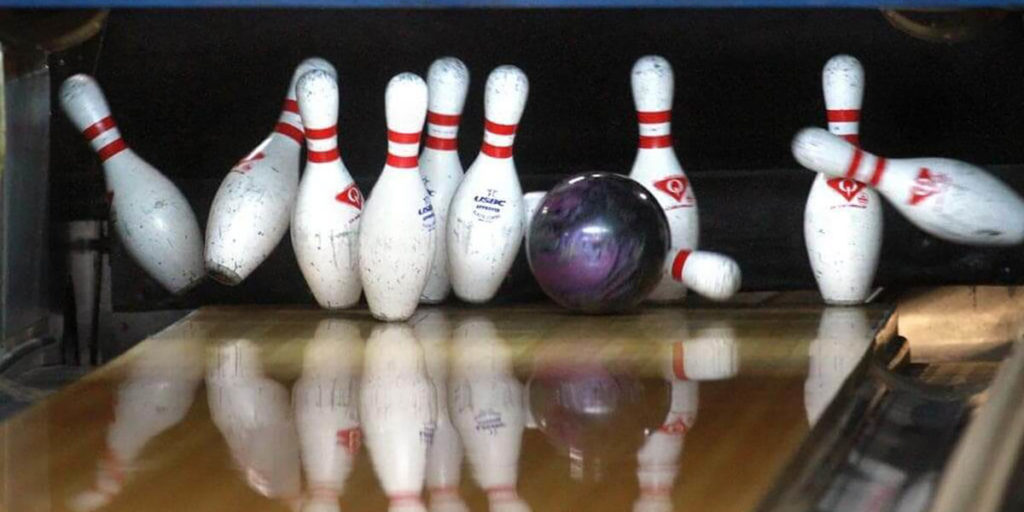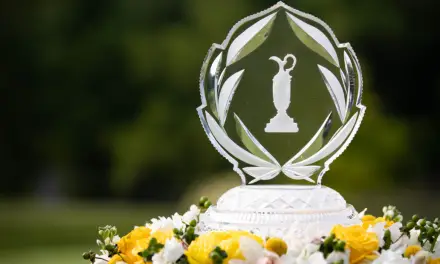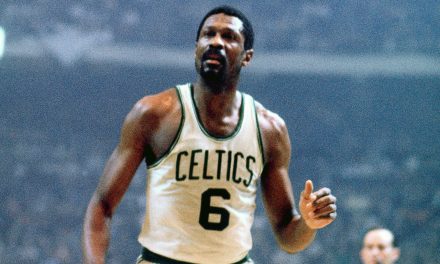Bowling is a sport that unites people of all ages, transcending cultures and generations. But where did it originate, and how has it evolved into the beloved pastime we enjoy today? Join us as we explore the compelling history of sport, offering insights into its roots and how it has grown to become a staple in recreational and competitive sporting activities worldwide.
The ancient roots of bowling
The origins of bowling can be traced back to ancient civilisations, making it one of the oldest sports known to humankind. The first evidence of a game resembling bowling was found in an Egyptian child’s grave dating back to 3200 BC. The tomb contained small objects that were set up as pins and a stone that served as a ball, indicating that a primitive form of the game was played even then.
Further evidence of early bowling games can be found in ancient Roman culture. Here, the game involved tossing stone objects as close as possible to other stones, a variant which somewhat resembles modern-day bocce.
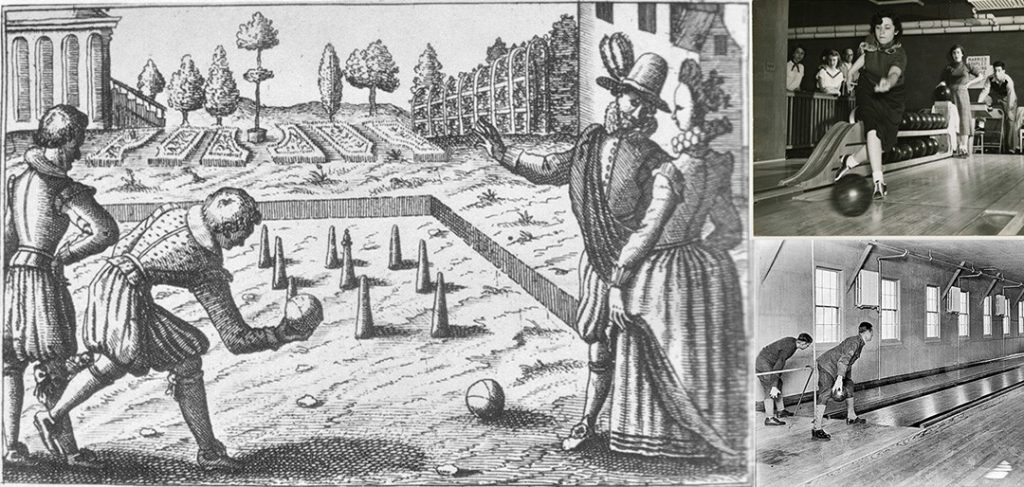
The development of bowling in Europe
Fast forward to the Middle Ages in Germany, and bowling took on a new religious significance. It was used as a ceremonial ritual, where parishioners would roll or throw an object at a pin to absolve themselves of sins. The concept was simple: knock over the pin, and you’re absolved.
Over time, the game found its way to England, where it became a popular outdoor sport. It was so well-liked that it was banned in the 14th century by King Edward III and again in the 15th century by King Henry IV, as it was considered a distraction from archery, then essential for national defence.
The sport’s journey to America
Bowling was brought to America by British, German and Dutch settlers. By the 19th century, it was well-established in many states. However, there was a lack of standardisation, with variations in the number of pins and the size of the ball, which made competition between different regions difficult.
It wasn’t until 1895 that the American Bowling Congress was formed, standardising the rules of ten-pin bowling and paving the way for the sport as we know it today.

The modern evolution of the game
Throughout the 20th century, the sport continued to evolve and increase in popularity. The introduction of automatic pin-setting machines in the 1950s removed the need for pin boys, leading to a significant growth in the sport.
In the 1960s, the Pro Bowlers Association was formed, providing a platform for the world’s best bowlers to compete on a national stage. It’s popularity soared even further when it was broadcast on television, bringing the excitement of the sport into homes worldwide.
Bowling today and beyond
Today, bowling is enjoyed by over 100 million people in more than 90 countries, making it one of the most popular sports worldwide. The game continues to be a favourite pastime and competitive sport, from local alleys to professional tournaments.
The future of the sport looks promising, with new technologies and innovations such as augmented and virtual reality bowling and online tournaments further expanding its appeal.
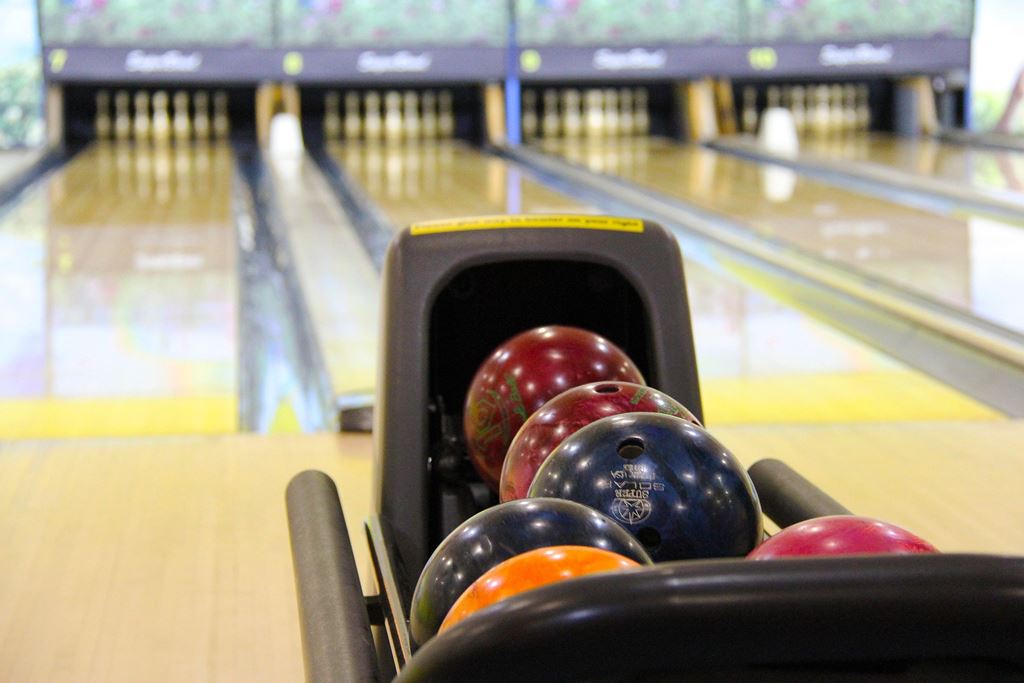
Conclusion: Bowling’s lasting impact
From its ancient origins to its modern innovations, the game has remained a timeless sport enjoyed by people of all ages and backgrounds. Its rich history is a testament to the game’s universal appeal and staying power.
So, next time you lace up your bowling shoes and get ready to roll, remember the centuries-old tradition you’re taking part in. Whether it’s a casual game with friends or a high-stakes tournament, the history of the sport adds a layer of depth and meaning to every frame.
Bowling isn’t just a sport or a pastime; it’s a historical legacy that we continue to enjoy and evolve. So, whether you’re a pro or a casual fan, you can appreciate the sport for the history and tradition that it carries with it. In every alley, in every bowling centre, history is being made – and you’re a part of it.
For more history lessons on sports around the world, then check out our Sports section.

